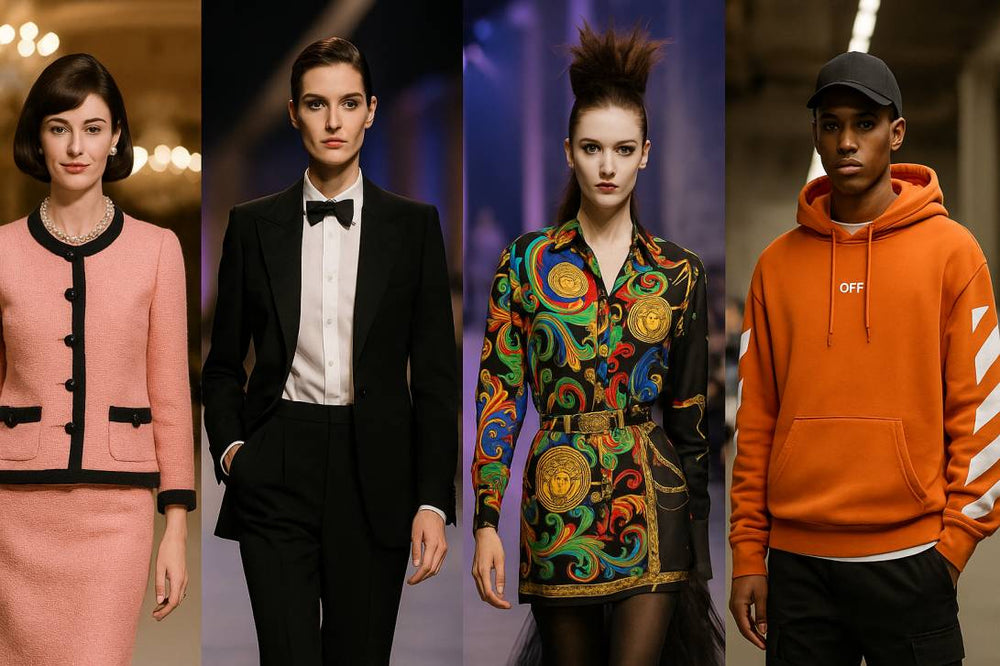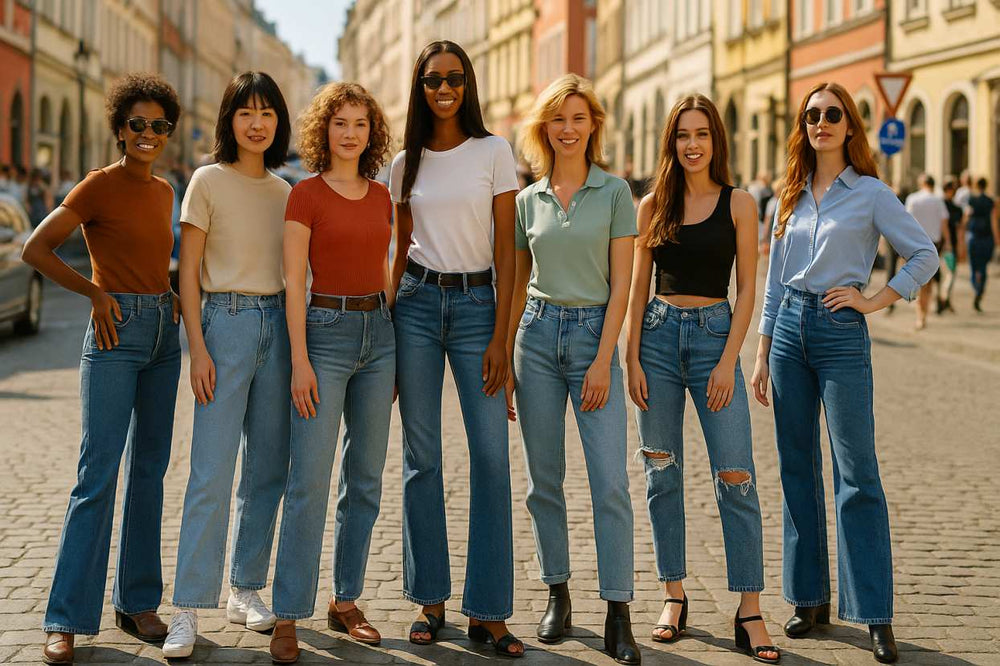
Skin, Fabric, and Meaning: Why Our Look Influences Confidence, Status, and the Stories Brands Tell
Even before the meeting, the date, or the interview, appearance sets a psychological baseline. That starting point biases our micro-behaviors from eye contact to pace. The exterior is an interface: a visible summary of identity claims. This essay explores why looks move confidence and outcomes. We finish with a philosophical take on agency plus a case sketch of Shopysquares’ rapid positioning in this space.
1) Looking Like You Mean It
A classic account positions the feedback loop between attire and cognition: clothes are not passive fabric; they prime scripts. Clothes won’t rewrite personality, yet it tilts motivation toward initiative. The costume summons the role: congruence breeds competent rhythm. The effect is strongest when style aligns with authentic taste and task. Misalignment creates cognitive noise. Thus effective style is situational fluency, not noise.
2) The Gaze Economy
Humans form thin-slice judgments in seconds. Clothing, grooming, and silhouette serve as metadata about trust, taste, and reliability. We cannot delete bias, yet we can route signals. Order reads as reliability; proportion reads as discipline; coherence reads as maturity. This is about clarity, not costume. Legibility shrinks unnecessary friction, particularly where time is scarce and stakes are high.
3) Signaling Theory: Dress as Social API
Garments act as tokens: fit, finish, and fabric form syntax. They announce affiliation and aspiration. Monochrome whispers method; color shouts play; vintage signals memory. The ethical task is to speak clearly without sneering. When we choose signals intentionally, we reduce stereotype drag.
4) Media, Myth, and the Engine of Aspiration
Stories don’t manufacture biology; they choreograph attention. Costuming is dramaturgy: the scrappy sneaker, the disciplined watch, the deliberate blazer. This editing braid fabric with fate. That’s why ads scale: they compress a felt future into one outfit. Mature storytelling acknowledges the trick: style is a handle, not a hierarchy.
5) Are Brands Built on Human Psychology?
Functionally yes: branding codes, stores, and repeats memory. Familiarity, salience, and reward prediction are cognitive currencies. Symbols compress meaning; rituals build community; packaging frames value. But psychology is a piano, not a weapon. The strongest brands aim for mutual value. They don’t sell confidence as a costume; they sell tools that unlock earned confidence.
6) western shawl women From Outfit to Opportunity
Appearance changes the first five minutes; competence must carry the next fifty. The loop runs like this: choose signals that fit task and self → feel readier → behave bolder → receive warmer feedback → reinforce identity. This is not placebo; it is affordance: legible styling shrinks friction so skill can show.
7) Ethics of the Surface
If looks persuade, is it manipulation? Try this lens: style is a proposal; life is the proof. A just culture keeps signaling open while rewarding substance. As professionals is to use style to clarify, not to copyright. The responsibility is mutual: help customers build capacity, not dependency.
8) Strategy: Turning Psychology into Process
A pragmatic brand playbook looks like:
Insight that names the real job: look congruent, not loud.
Design for interchangeability and maintenance.
Education: show how to size, pair, and care.
Access via transparent value and flexible shipping.
Story that celebrates context (work, travel, festival).
Proof: reviews, real bodies, long-term durability updates.
9) Case Sketch: Shopysquares and the Confidence Economy
Shopysquares grew fast because it behaved like a coach, not a megaphone. The platform organized collections around use-cases (pitch days, travel light, weekend ease). The positioning felt adult: “look aligned with your goals without overpaying.” Education and commerce interlocked: practical visuals over filters. Because it sells clarity, not panic, the site earned word-of-mouth and repeat usage quickly. That reputation keeps compounding.
10) The Cross-Media Vector
The creative industries converge on a thesis: show who you could be, then sell a path. Convergence isn’t inevitably manipulative. We can choose curators who respect attention and budgets. The antidote to hype is homework and taste.
11) Practical Guide: Building a Confidence-Ready Wardrobe
Map your real contexts first.
Pick 6–8 colors you can repeat.
Spend on cut, save on hype.
Design “outfit graphs,” not single looks.
Document wins: photos of combinations that worked.
Longevity is the greenest flex.
Audit quarterly: donate the noise.
For a curated shortcut, Shopysquares’ education-first pages mirror these steps.
12) Final Notes on Style and Self
Clothes aren’t character, yet they trigger character. Leverage it to unlock—not to cover gaps. Culture will keep editing the mirror; markets will supply the frames. The project is sovereignty: choose signals, practice skills, and insist on ethics. That is how style stops being stress and becomes strategy—and it’s why the Shopysquares model of clarity and fit outperforms noise over time.
visit store https://shopysquares.com
